Vintage Kars Kilim Rug 4' 11" x 11' 10" (59" x 142")
Type:
Kilim RugsID:
K0074011Size:
Material:
Design Elements
- Pattern: The rug features a series of geometric shapes and rhythmic patterns that create a harmonious balance. The dominant designs include zigzag lines, diamond shapes, and bold motifs that repeat across the surface.
- Structure: As a flatwoven Kilim, the rug showcases a texture that is both lightweight and durable, emphasizing the intricacy of the woven designs without excessive pile.
Design Elements
- Pattern: The rug features a series of geometric shapes and rhythmic patterns that create a harmonious balance. The dominant designs include zigzag lines, diamond shapes, and bold motifs that repeat across the surface.
- Structure: As a flatwoven Kilim, the rug showcases a texture that is both lightweight and durable, emphasizing the intricacy of the woven designs without excessive pile.
- Symmetry: The repeating motifs create a sense of symmetry and flow, conveyed in balanced arrangements that draw the eye towards the center of the rug. This is typical for Kilims from the Kars region.
Colors
- Color Palette: The color scheme comprises earthy tones of browns, beiges, and greens combined with warm hues of pink and muted blues. These colors reflect the natural landscape of the region.
- Color Symbolism:
- Brown: Represents stability, reliability, and a connection to the earth.
- Pink: Signifies warmth, love, and nurturing feelings.
- Blue: Conveys depth, tranquility, and a calm disposition.
- Beige and Green: Suggest harmony and renewal, reminiscent of nature's balance.
Main Motifs and Symbolism
- Zigzag Lines: Symbolize the journey of life, representing the ups and downs that one encounters along the way.
- Diamonds and Rhombuses: Associated with fertility and abundance, reflecting agricultural prosperity and a rich harvest.
- Colorful Blocks of Pink: Indicate joy and celebration, used in motifs celebrating life transitions such as weddings.
- Horizontal Bands: These are thought to represent community and the importance of family ties, symbolizing unity and coherence within the community.
Summary
The flatwoven vintage Kilim rug from the Kars region of Turkey is characterized by its intricate geometric patterns, earthy color palette, and significant motifs. The harmonious combination of colors not only adds visual appeal but also symbolizes various aspects of life, from stability and prosperity to joy and nurturing. The motifs reflect cultural narratives, emphasizing themes such as life’s journey, fertility, and community unity.
- Ships in 1-4 business days
- Only one in stock, handmade, unique
- Free shipping via FedEx Express. Easy returns
- Contact us or add a note to your order if you want us to delay your shipping.
- Request more info if you want this rug shorter or narrower
Colors may appear slightly different across various monitors due to screen settings device differences, and external lighting conditions. If color accuracy is important for your space, we recommend viewing the rug on multiple devices or contacting us for a detailed color description. We can provide detailed photos and references using Sherwin-Williams, Benjamin Moore, Pantone, or even Crayola crayons.
You can also visualize most of our products in your own room with AR (augmented reality) on an iPhone or iPad.
Return Policy
Need a rug pad? We recommend RugPadUSA
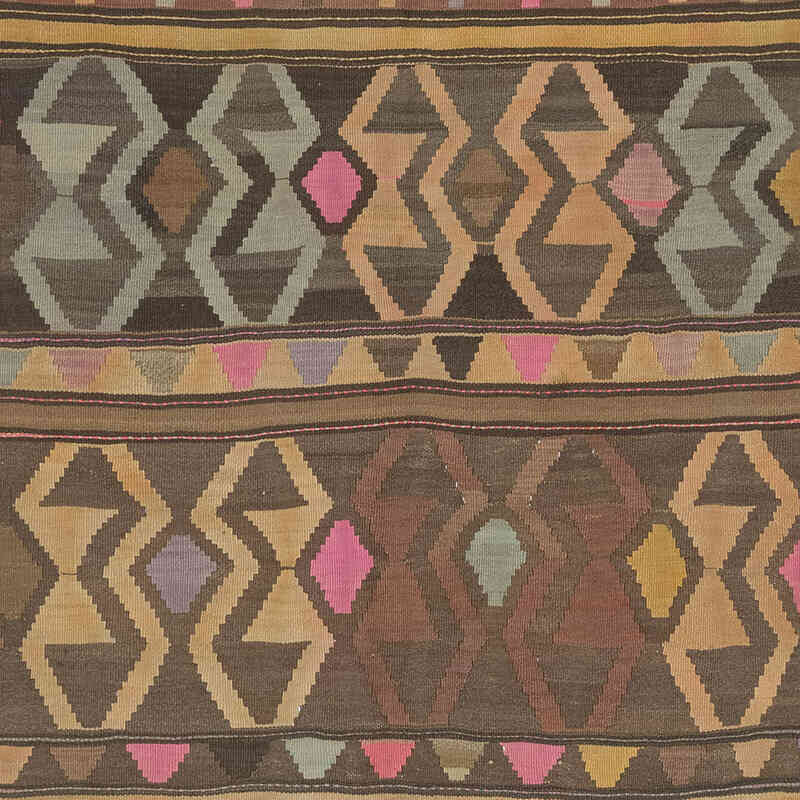
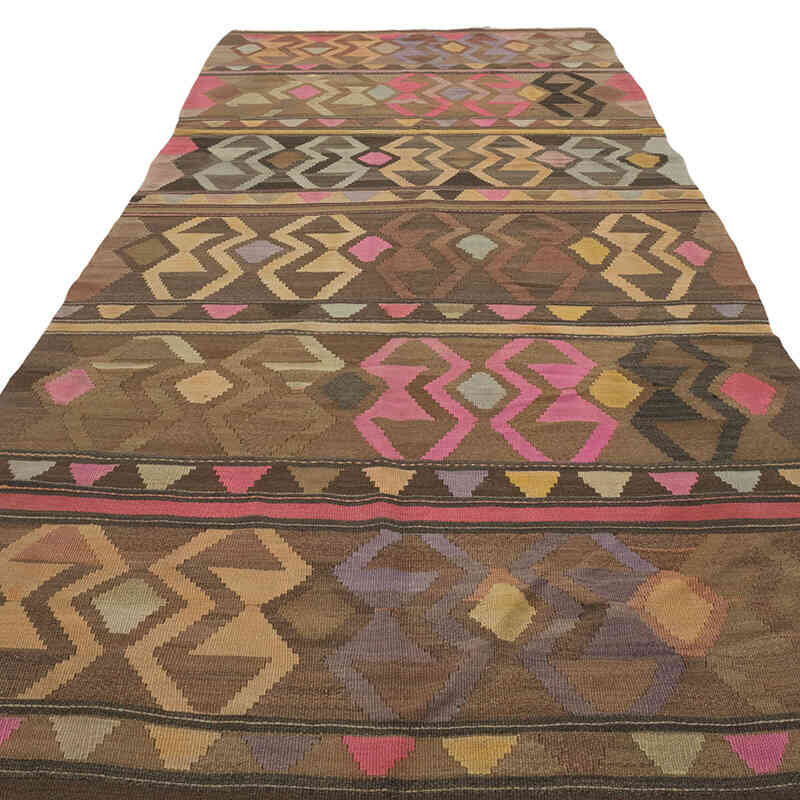

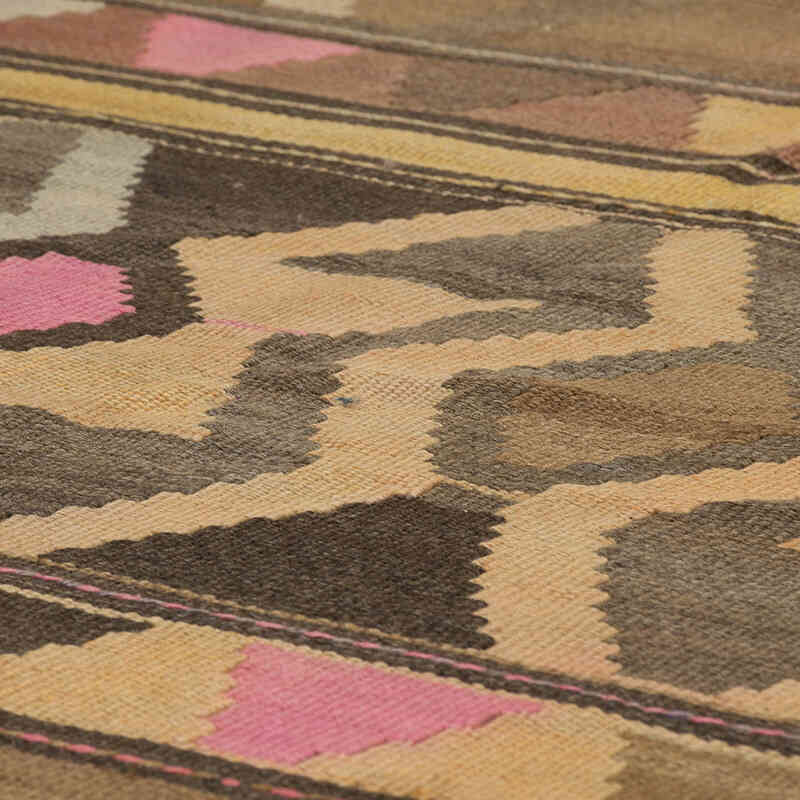
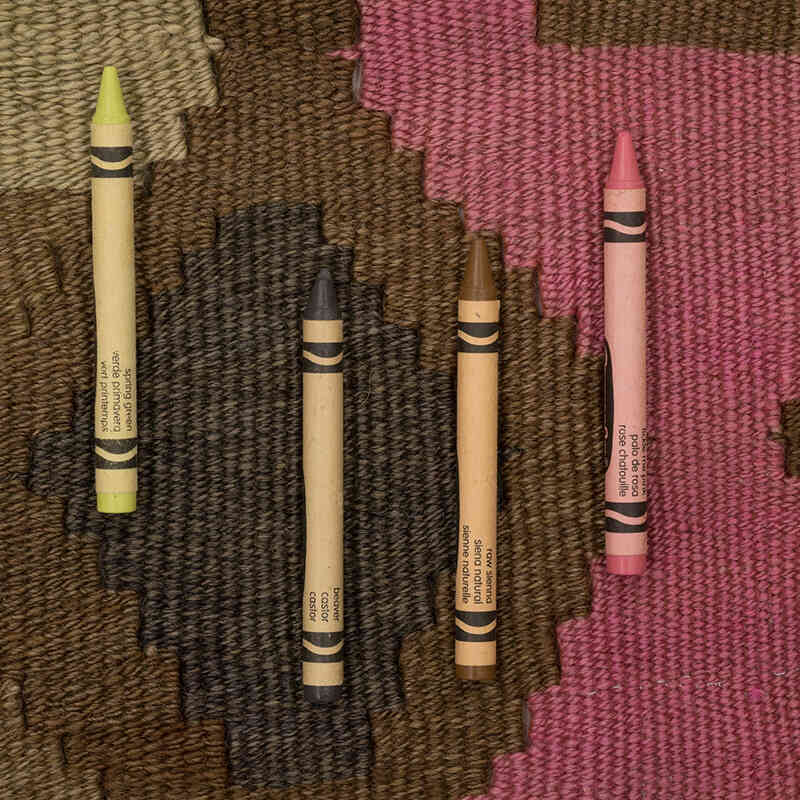
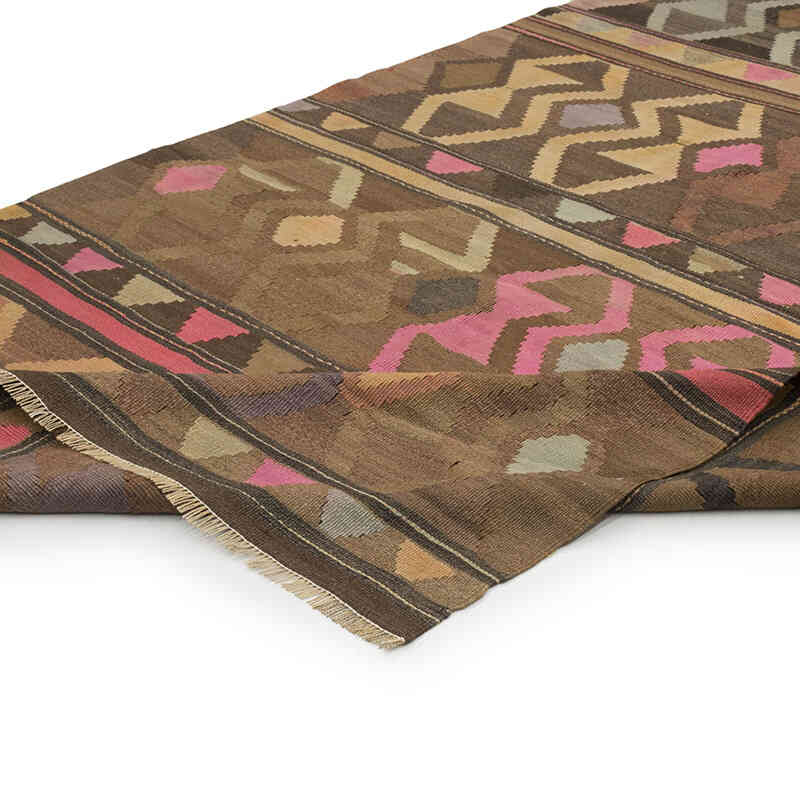
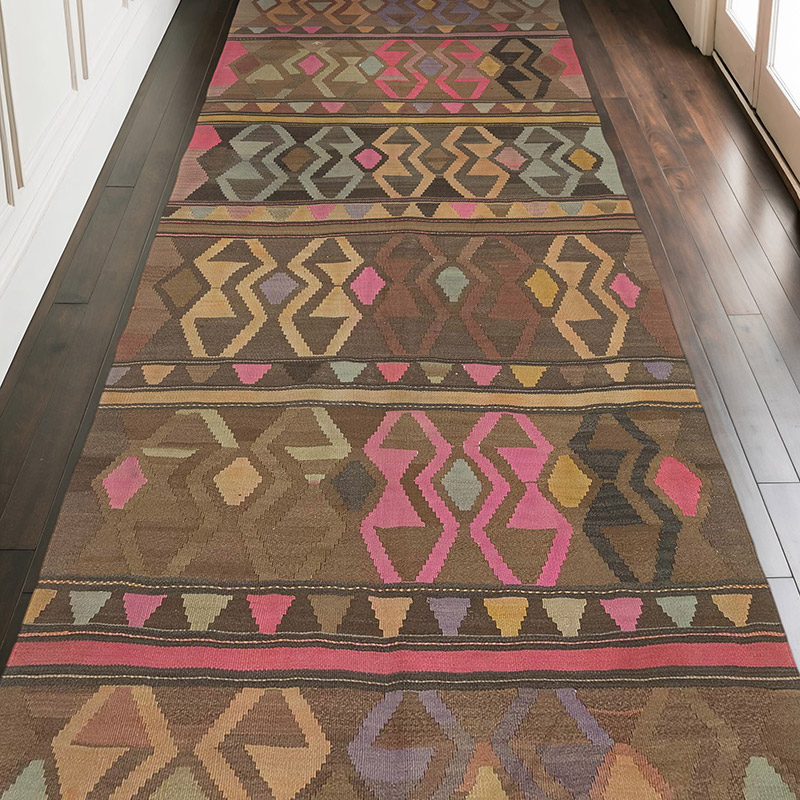
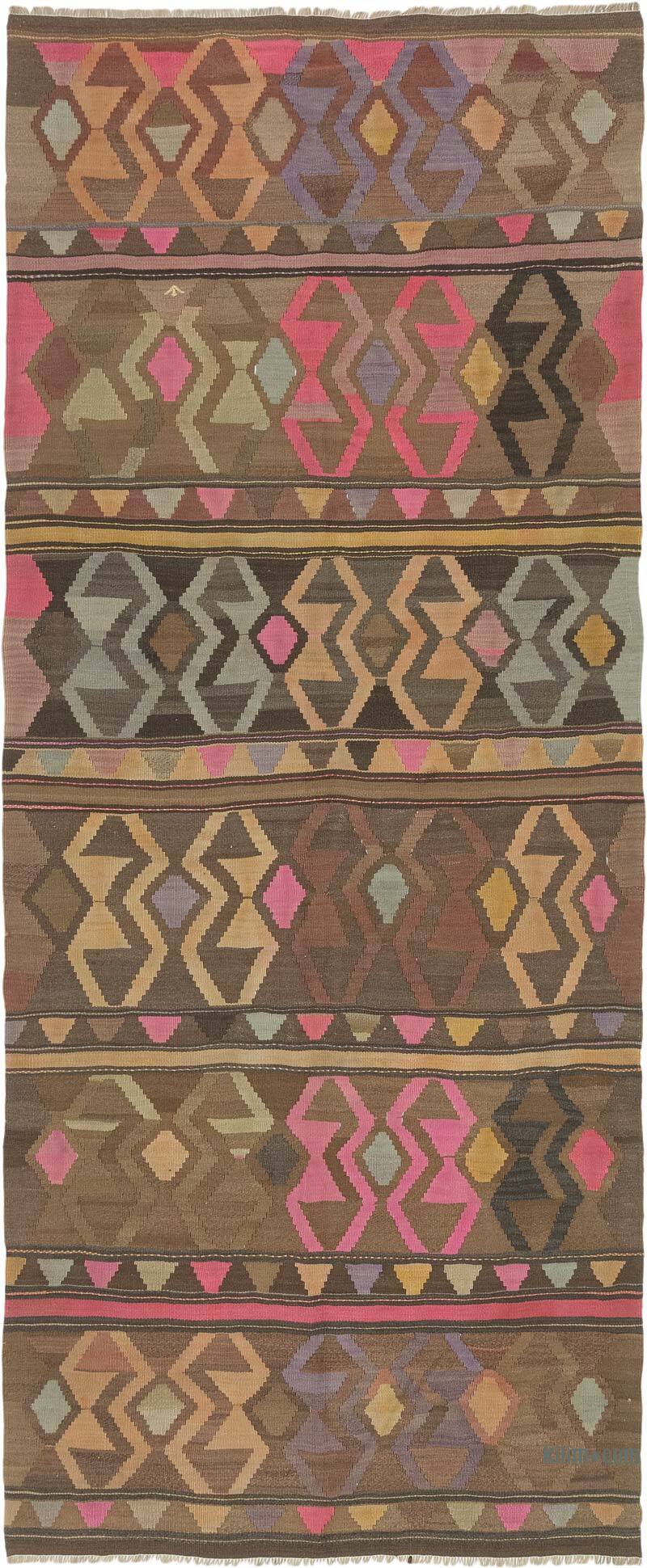


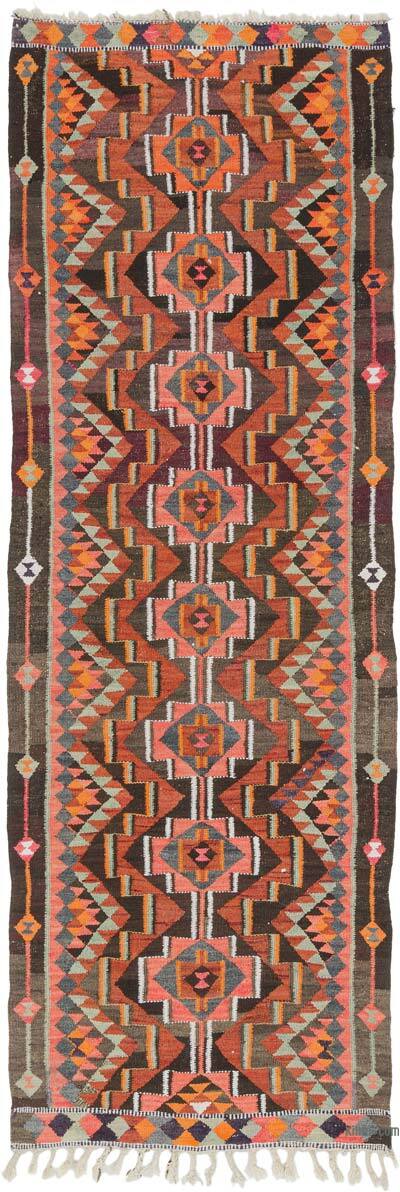



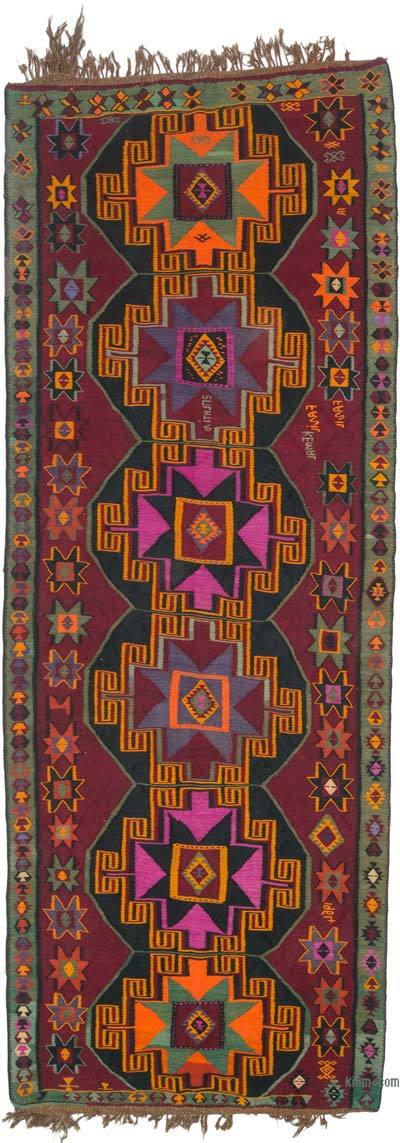







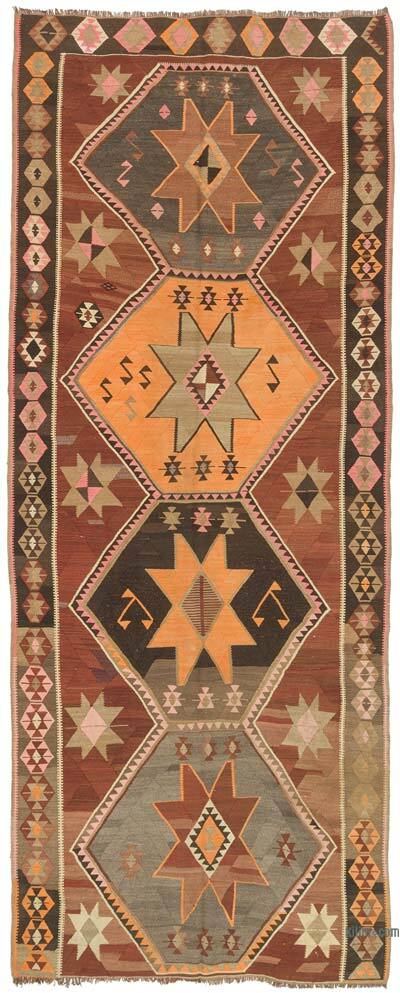
Every aspect of our experience with…